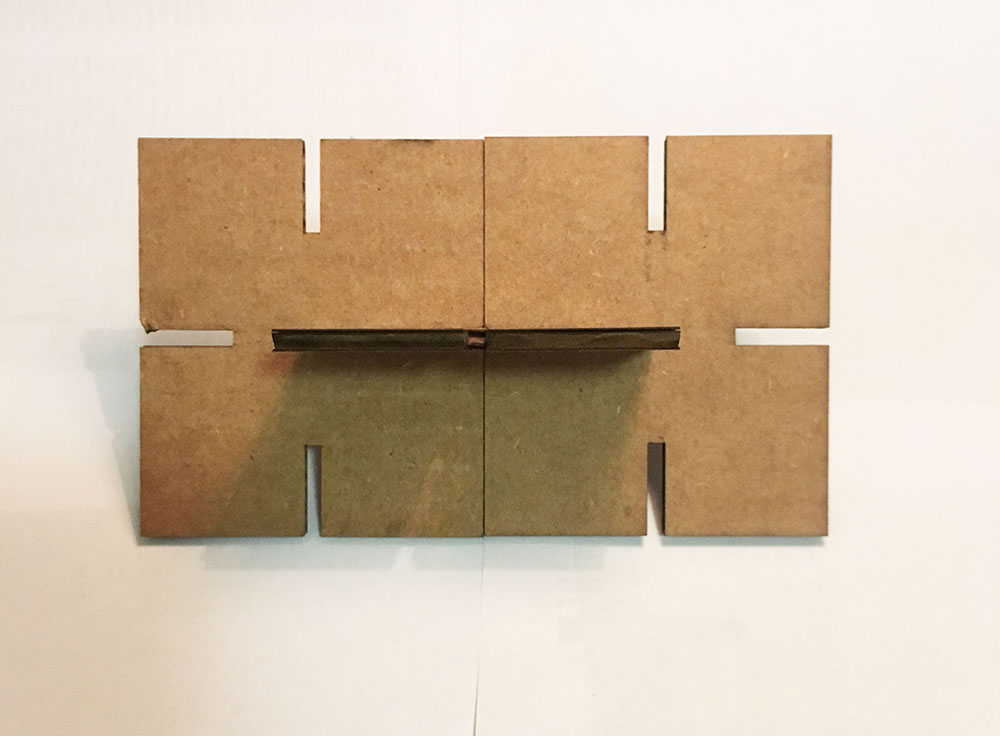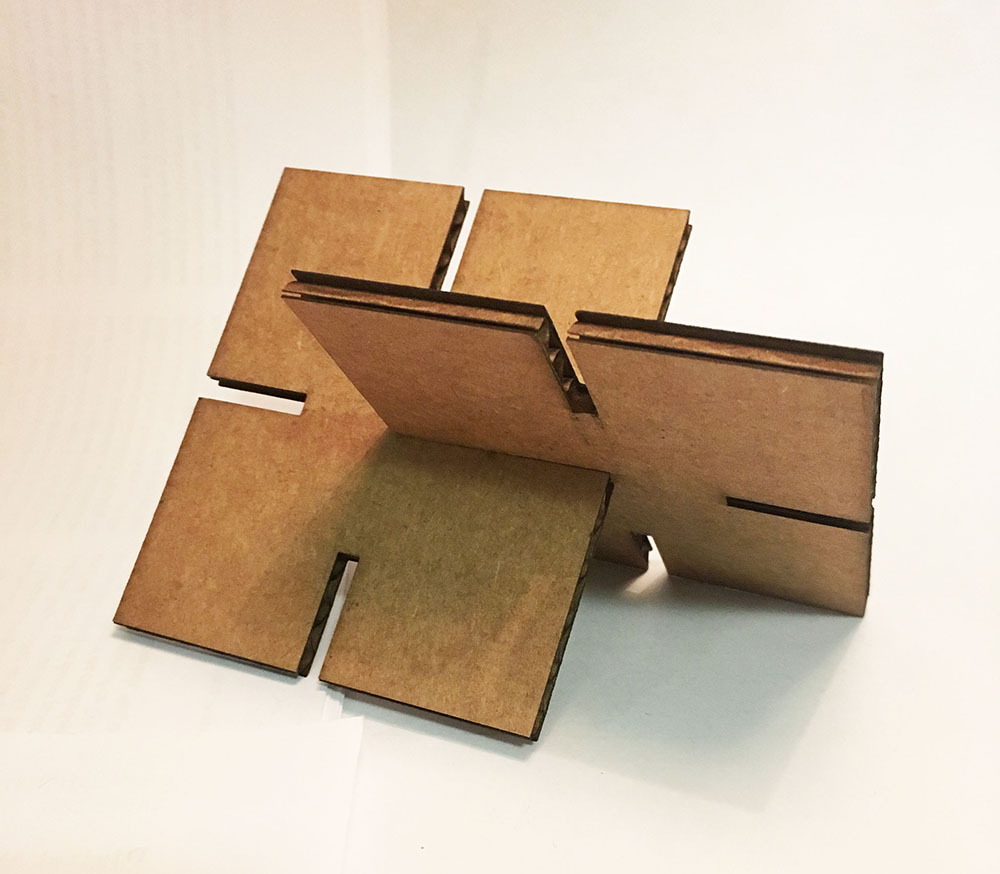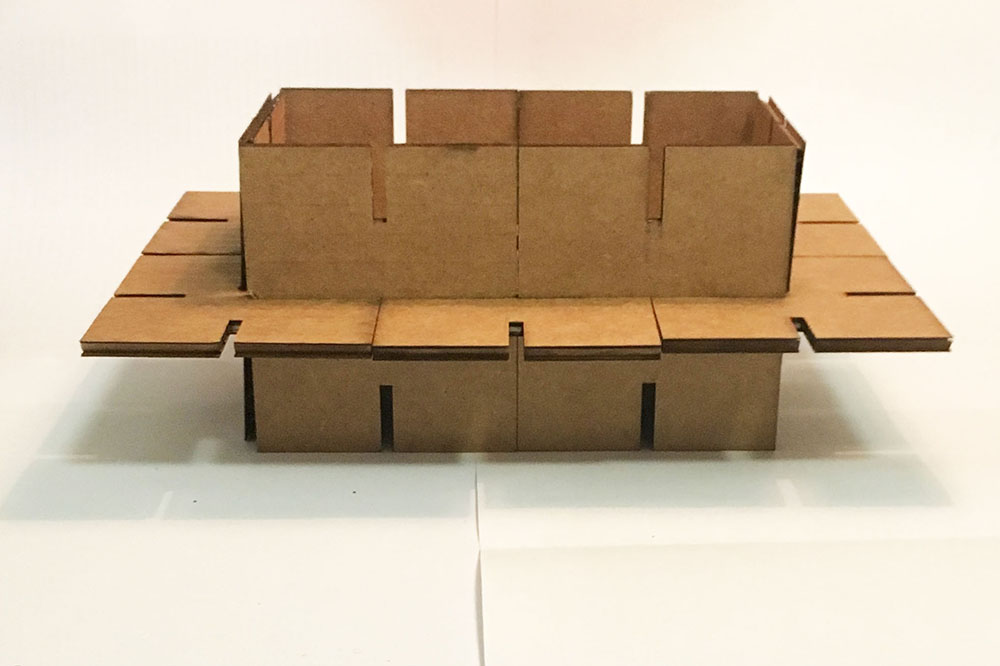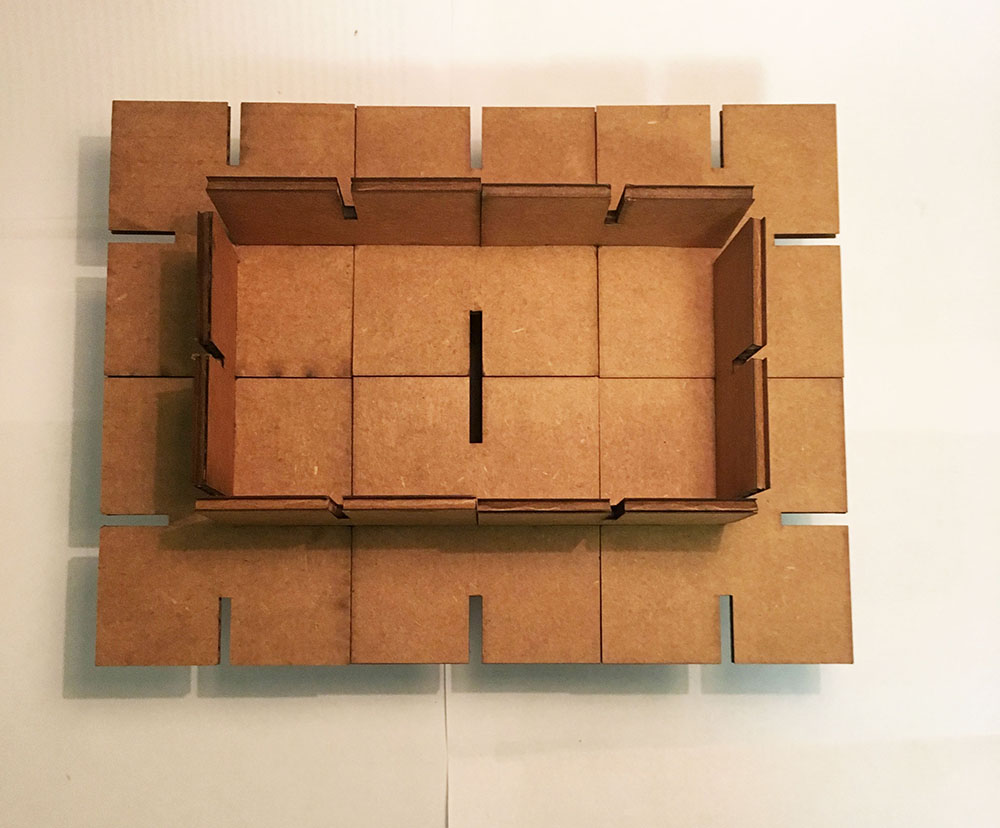How To Make Almost Anything Neil Gershenfeld
MIT Center For Bits And Atoms
VINYL + LASER
Fab labs share an evolving inventory of core capabilities to make (almost) anything, allowing people and projects to be shared. These are my projects.
Vinyl Cutting -
Dire Wolf
09.12.18
This week's project was two-fold: a vinyl cut sticker and a parametric press-fit kit. I had an idea of something I wanted to vinyl cut and am very pleased with the way it turned out. Jerry Garcia, the late lead guitarist and vocalist of The Grateful Dead, had several guitars made especially for him over the course of his long career; five of which are particularly well-known: Alligator, Tiger, Rosebud, Lightening Bolt and Wolf. The latter bore an inlay of it's namesake, a cartoon version of a bloodthirsty wolf.
"While Garcia was in contact with the luthiers of Alembic Guitars, he came upon an instrument built by Doug Irwin and bought it on the spot. Eventually, he contacted Irwin and asked him to create a custom guitar for his own use. That was the inception of Wolf, which Garcia first played with Merl Saunders at a private party for the Hell’s Angels on September 5th, 1973. The guitar actually originally contained a peacock logo, followed by Irwin’s eagle logo, but it was Garcia that placed the blood-thirsty wolf sticker on his guitar. Irwin eventually incorporated the Wolf into the design, thus giving the instrument its name." -liveforlivemusic.com
The firs time I tried the Wolf sticker, it was much too small and I also didn't realise that I had to weed it prior to removing it from the stick backing... doh! Regardless, the image I sourced from the web was poor quality and small. So I traced the image using the pen tool in Illustrator, giving me nice, scaleable vector image. The second time, I enlarged the sticker and it came out much better. I applied it to a piece of paper. There were a couple fine details that still didn't register, so I went back to my Illustrator file and enlarged said details. By the third version, I felt it was good enough to apply to the belly of my MacBook Air! Keep on truckin'.

Fig.1 Mod for vinyl cutting PNG files

Fig.2 Loading vinyl into machine

Fig.3 Using stylus to weed vinyl

Fig.4 Using tweezers to weed vinyl

Fig.5 Fully weeded vinyl sticker, on transfer paper

Fig.6 Sticker applied to Mac Book
Laser Cutting -
Press Fit Kit
09.12.18
The Google dictionary defines press fit as "an interference fit between two parts in which one is forced under pressure into a slightly smaller hole in the other." In addition to acheiving the perfect fit, one of this assigment's objectives was making our own parametric design. Not only had I never used a laser cutter but I'd never been introduced to any of the 3D modeling software used to create parametric designs. Therefore, the learning curve was a bit steep for me this week. In the end I developed a "simple" parametric design, following the tutorial on the right, using grasshopper scripting components in Rhino. I was so lost in Rhino that it tooke me about two hours to complete the 30 minute tutorial.
Now that I have the minimum viable product and have since become more comfortable in Rhino, I would like to return to this assignment in the future. I have been doing research on helmet fabrication and it turns out that a common method involves creating a cardboard press fit! This skeletal structure is then cast in some sort of hard resin. This seems like a logical step toward my final project and a great way to circle back and improve an assignment I struggled with. Stay tuned.
Fig.1 Creating the press fit characterization tool in Rhino
Fig.2 Tight space, shot of laser printer
Fig.3 Press fit characterization tool, laser cut
Fig.4 Press fit characterization tool, removed
Fig.5 Press fit characterization tool, close up
Fig.6 Press fit characterization tool, fitting
Fig.7 Tutorial for creating parametric press fit pieces
Fig.9 Press fit kit outline, baked and exported from Rhino
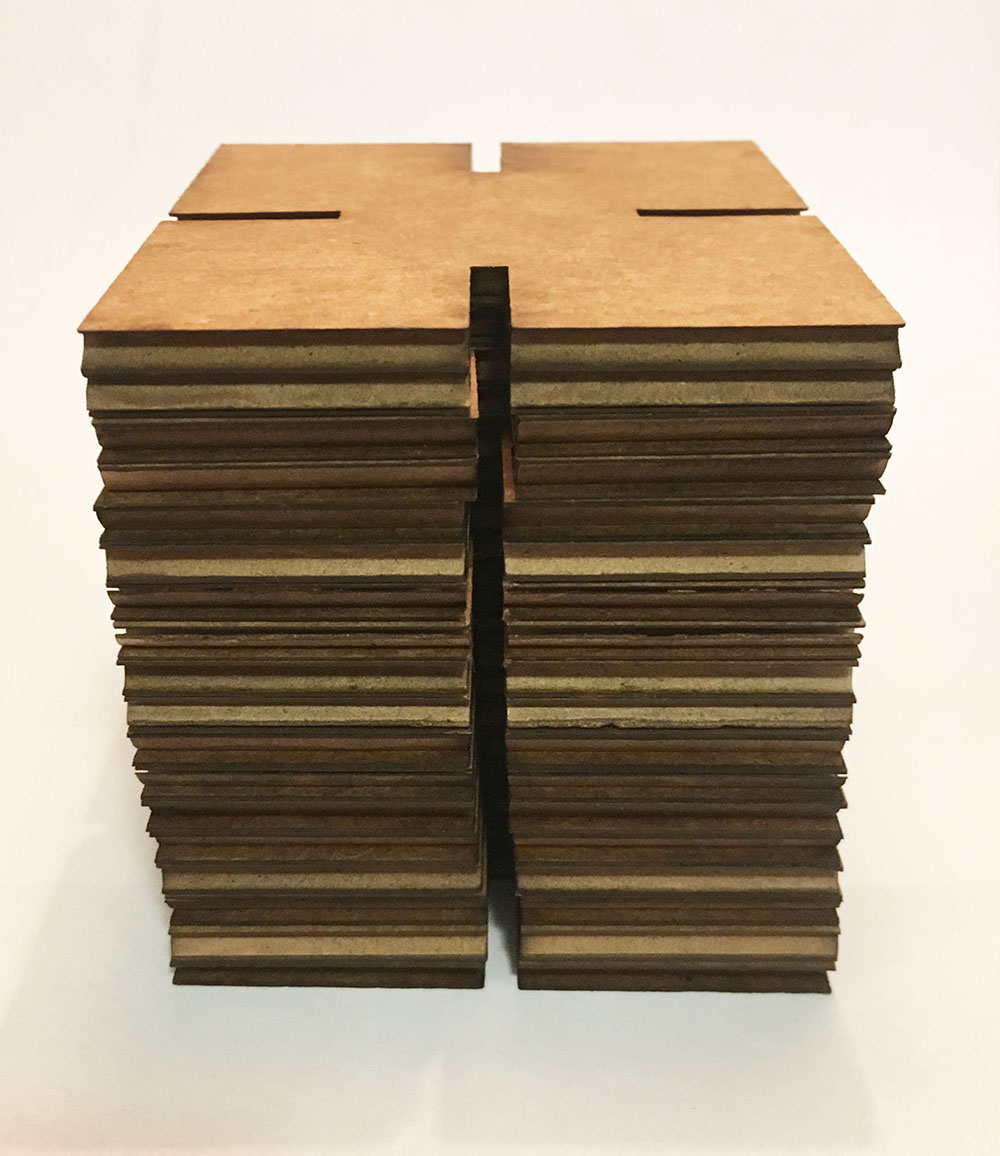
Fig.10 Press fit kit stacked
